 You probably realize your newsletter ain’t the beans. You can’t sprout the open rate overnight. However, if you lay the groundwork with targeted and well-researched strategies, your newsletter will grow uncannily fast just like bamboo shoots.
You probably realize your newsletter ain’t the beans. You can’t sprout the open rate overnight. However, if you lay the groundwork with targeted and well-researched strategies, your newsletter will grow uncannily fast just like bamboo shoots.
Let me ask – how do you measure the success of your newsletter? There are two easy ways:
- See how many people open it (and therefore, hopefully, read it).
- See how many people click the links within.
Of course, the second way depends on the first. Before you even begin to strategize about increasing your open rates, you need to know what your current open rate is. To calculate it, follow this formula:
Email open rate = # of people who open the email / # of emails sent that didn’t bounce
You also need to know the industry standard for your vertical or sector to see how well you are doing and to help you tweak tactics to match consumer behavior in your niche.
Here are the benchmark email open rates for 2019 from email marketing platform Sign-Up.to:
Once you have an idea of where your newsletter stands, you can set reasonable and achievable goals for open rates. (Remember, the above figures are for all emails.)
With that groundwork laid, let’s look at tactics that entice your subscribers to open and read your newsletter.
1. Give a personality to the “from” field
The first step in creating an awesome newsletter that connects with and engages your subscribers is to use an email ID that resonates with them. You don’t want them to see your email as an impersonal marketing message.
Use an #email ID that resonates with your subscribers, says @BrennerMichael. #CMWorld Click To TweetLend a face to your brand and, wherever possible, use a name that is recognizable by your audience. Here’s how Noah Kagan of OkDork does it:
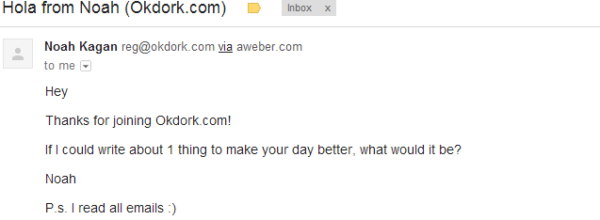
Subscribers may remember him from his smiling face on the sign-up page:

Quick pointers
- If you’re a well-known brand or in a consumer-facing or retail sector, say Coca-Cola or Banana Republic, use your brand name in the from field.
- If you’re a B2B or SaaS company, set your newsletter to come from your community manager or even your CEO (if you’re a startup) so that users find a closer connection with your company.
- Pay attention to the email ID itself. You don’t want a [email protected] or worse, an auto-generated ID from your email service provider. Set an option that says “brand name via serviceprovider.com”.
- Remember to set the reply email to an alias of the same person in the from field.
2. Segment your list
To deliver real value to your subscribers, you first need to know them. When you make your newsletter relevant to your readers (your subject line will tell them), they will want to receive more of the same content every time.
A study by Lyris found higher open rates were the biggest advantage of email list segmentation. That makes it a no-brainer for you.
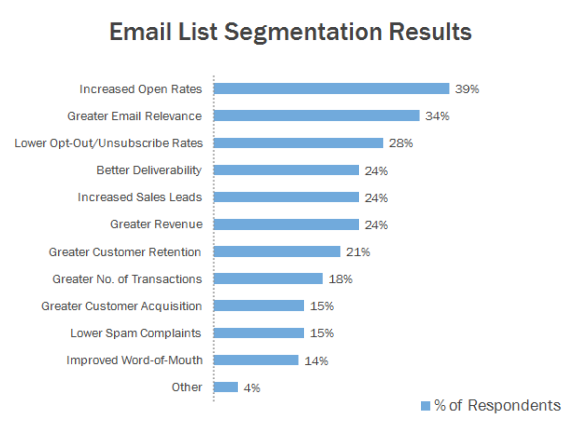
Quick pointers
- Don’t assume your newsletter must be sent to all subscribers. Segment your newsletter based on the content preferences of your readers and send them versions of the newsletter accordingly.
- Some audience segments include:
- Stage in buyer’s funnel.
- Order value.
- How long they’ve been on your email list.
- Time since last purchase/renewal.
- Buyer persona.
- Past interactions.
3. Pay extra attention to your subject line
The subject line is the deciding factor on whether your email will be opened. Almost everything depends on whether your subject line entices enough curiosity from the readers that they access your content.
There are dozens of free and paid tools dedicated to analyzing your email subject lines. A few good ones are SubjectLine.com, Mizy, TestSubject from Zurb, and CoSchedule.
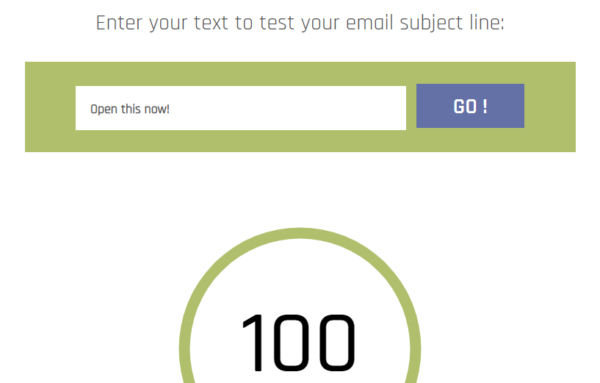
Quick pointers
- Use a word or phrase in the subject line that identifies your brand or your newsletter.
- Come up with teasers that pique readers’ interest in your email content.
- Add commands like “Open this today!”
- Ask questions to form a connection.
- Include numbers and lists to give the impression of clear and concise information to follow.
- If you want to announce a product launch, sale, or event, be straightforward.
- If you’re running a major promotion on another marketing channel, use it in the subject line for better brand recall.
4. Make sure they really want you
The spam folder is the worst place your newsletter could end up. However, this occurs with alarming frequency. (Although, looking at the content of some newsletters, I think it happens less often than it should.)
Add to that Gmail’s promotions tab, which almost acts like a second-level spam filter. While this is useful for your subscribers, it only helps your newsletter stand out from the scores of mediocre emails if you fall into the spam or promotions folders.
You can bypass these dangers by confirming with users after they’ve signed up.

Quick pointers
- Add instructions on how to whitelist your email address as part of the thank-you message after someone has signed up. Also ask the recipients to add your email to their contacts.
- Use a double opt-in to make sure their interest in connecting wasn’t a one-time thing.
- Understand hard and soft bounces, take note of fake and inactive accounts, and keep your list fresh, clean, and updated.
- Be persistent. If they didn’t confirm or open your email the first time, change the subject line and send it to them again after a week. This tactic works.
5. Optimize for mobile
According to a gated study by Fluent, mobile devices are now used to check emails more than desktops and tablets put together.
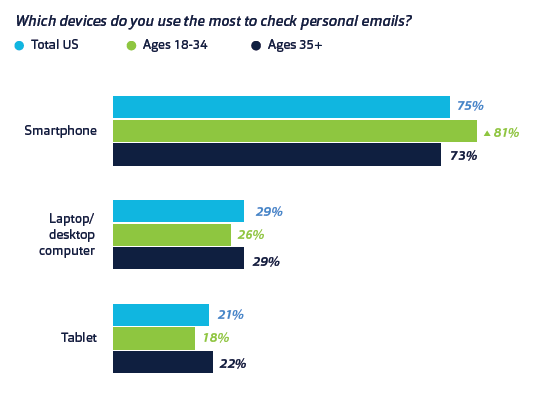
Further, 68% of users delete an email that doesn’t display correctly on their mobile devices, a study by Adestra found. If you don’t optimize your newsletter for smartphones, it might already be on its way to oblivion.
68% delete an #email that doesn’t display correctly on their mobile device via @UplandAdestra study. Click To TweetQuick pointers
- Write succinct subject lines.
- Keep formatting simple, with large fonts in a single column, and not many different colors.
- Assume images are not being displayed and make sure it doesn’t affect the message.
- Test videos and GIFs on multiple mobile email clients.
- Make sure your calls to action are buttons (rather than links), prominent, and easy to tap.
6. Send consistently at the same time
When it comes to brand voice, your newsletter is the email equivalent of your website. At the very least, it needs to be in your subscribers’ inbox when they expect it to be.
When it comes to brand voice, your newsletter is the #email equivalent of your website. @brennermichael #CMWorld Click To TweetDecide the day, date, and time when you send your newsletter (to each of your segments) and stick to the schedule. Start with the benchmarks for your industry.
 Quick pointers
Quick pointers
- Send your newsletter on a day and time that suits the bulk of the subscribers in each segment, by analyzing their age, location, and occupation.
- Keep testing the sending date/time with a small percentage of your audience. This will keep you aware of changes in their browsing behavior.
7. Re-engage your subscribers
Email fatigue is a real phenomenon. Eventually, a section of your audience grows tired of your brand messaging and unsubscribes. Worse, they relegate it to the junk folder.
Make proactive efforts to engage subscribers with your brand and content at varying intervals and occasions like I do at Marketing Insiders Group:
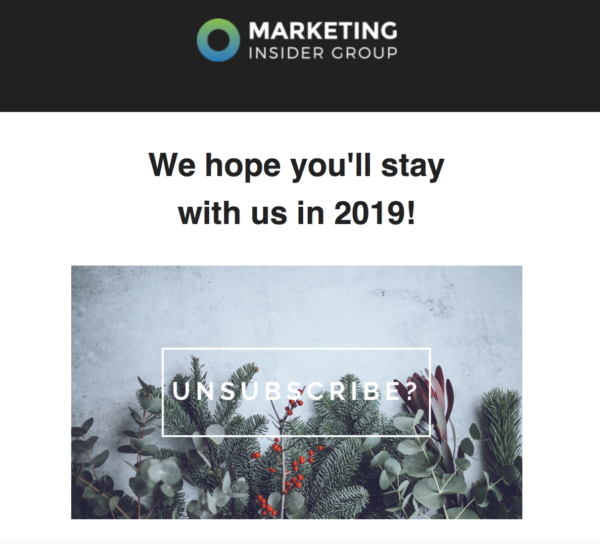 Quick pointers
Quick pointers
- Keep your newsletter relevant at all times.
- Offer extra value at the time of holidays when your subscribers’ inboxes are likely to be jammed with marketing messages.
- Prune your list frequently and brutally.
- Always make a last-ditch request to retain the subscriber who is ready to opt out. Your message might just touch their hearts (or get you critical feedback on your content).
HANDPICKED RELATED CONTENT:
Over to you
Understanding your audience and managing their expectations consistently is the key to keeping them engaged via your brand newsletter. At any given time, your subscribers should be fully aware of the value they receive from your newsletter.
What strategies do you use to make your emails personal and direct? How do you maintain the connection with your audience? How much does your newsletter contribute toward the success of your overall email marketing and content marketing endeavors? Care to share in the comments?
Please note: All tools included in our blog posts are suggested by authors, not the CMI editorial team. No one post can provide all relevant tools in the space. Feel free to include additional tools in the comments (from your company or ones that you have used).
Learn more from Michael Brenner about how to implement a great content marketing program in his Sept. 3 workshop at Content Marketing World. And stay for the main conference Sept. 4-6. Register today using code CMIBLOG100 to save $100.
Cover image by Joseph Kalinowski/Content Marketing Institute

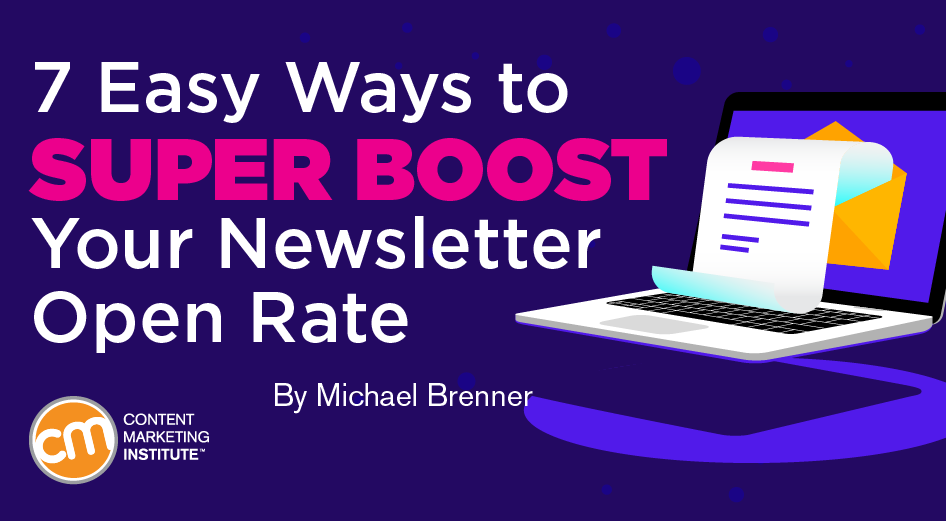
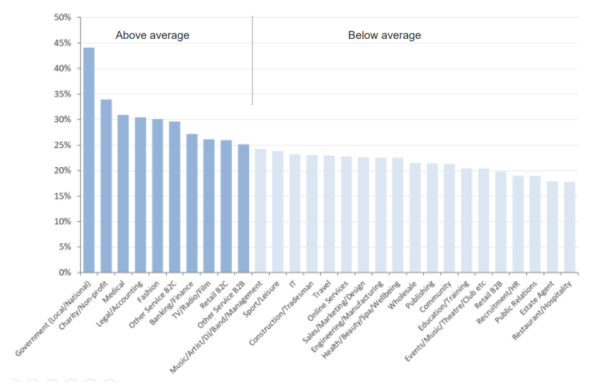 Click to enlarge
Click to enlarge